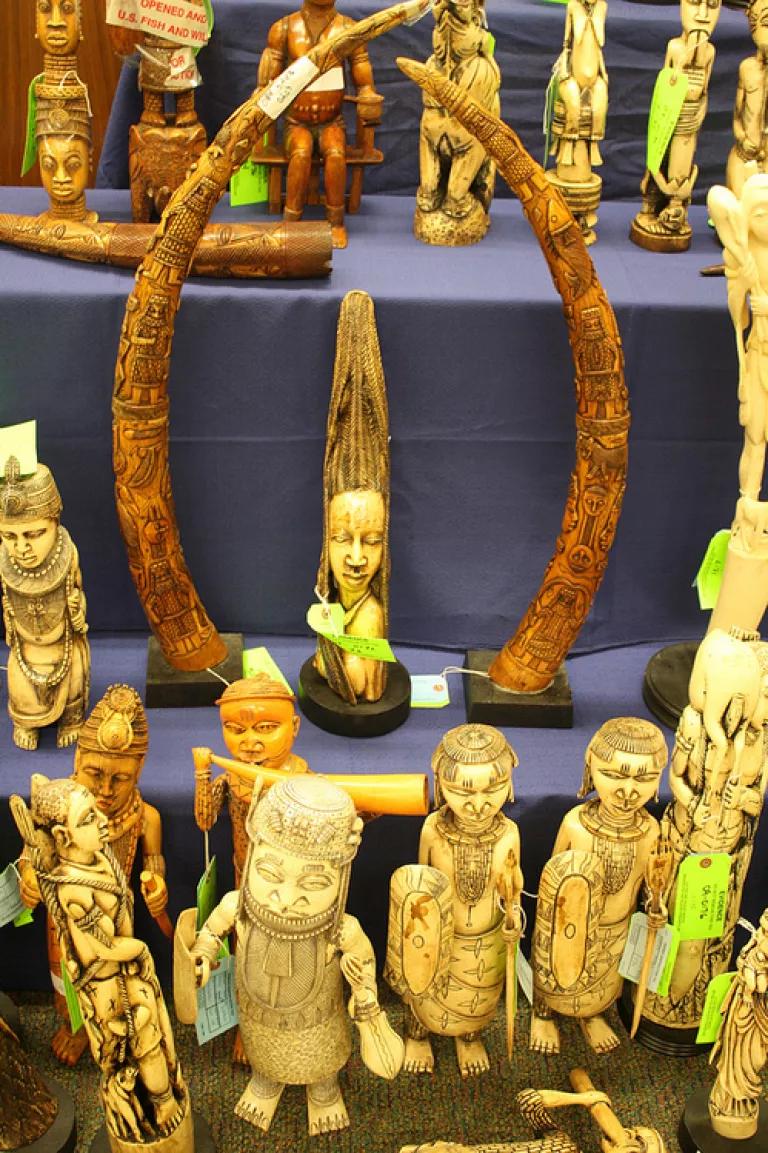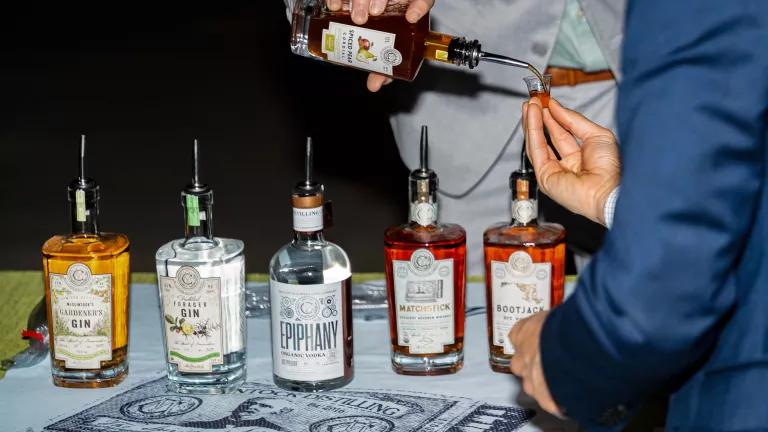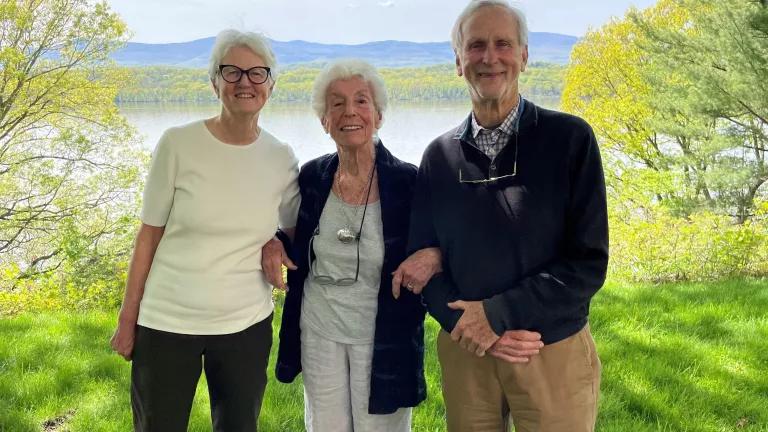Extinction of the Species? Notes from the Assembly Environmental Conservation Committee on Illegal Ivory

Verlyn Klinkenborg writes in a recent article in the New York Review of Books that “One way to talk about the Anthropocene – the geological age that begins with direct human influence over the earth’s natural systems – is to say that at last, tragically, geological time is all too observable.”
Another way of talking about this age was heard at the Assembly Environmental Conservation Committee hearing on illegal ivory held this past January. There, Tuvako Manongi, Tanzania’s U.N. Ambassador, said that the slaughter of elephants and the related illegal trade in ivory had soared within the past year. This, he said, “could lead to the extinction of the species.”
No reputable expert is disputing Ambassador Manongi’s statement. An elephant is killed in Africa every 15 minutes. Since 2002, there has been a 76% decline in their population in Central Africa. Put simply, elephants are killed for their ivory tusks, which are used in art and jewelry.
Every speaker at the Assembly hearing, in line with analysts and law enforcement agencies around the globe, trace this looming calamity very much to direct human influence, in this case to the robust growth in illegal ivory trade. Much of the voracious market for ivory leads inevitably to the Chinese market, but there is also another nexus of such transactions, one with surprisingly strong roots in New York.
William Woody, the assistant director of he Office of Law Enforcement at the U.S. Fish and Wildlife Service and another speaker at the Assembly hearings, estimated that the price of a pound of ivory had doubled in the past thirty years. Much of the slaughter, in his view, comes not from impoverished villagers but from organized crime, drug rings and terrorists who have found a profitable vein of revenue, maybe as high as $10 billion annually, in illegal trade.
Woody and two of his investigators presented to the Assembly an array of tusks and ivory carvings that had recently been obtained in New York by enforcement agents. Despite limited resources, enforcement agents have begun to take more aggressive action. In a landmark 2012 bust, a team of state and federal agents seized over $2 million worth of illegal ivory products from three businesses in New York City’s Diamond District. Woody described this bust as being the “tip of the iceberg.”
In New York State, the sale of ivory is regulated by the New York State Department of Environmental Conservation (DEC). The state agency allocates permits to those sellers who provably show that they are selling ivory material that is older than the state ban, which prohibits any product with a provenance after the mid-late 1970s.
Major Scott Florence, the acting director of DEC’s division of law enforcement also spoke to the committee in January. He argued that while the 2012 busts sent a strong message to illegal ivory traders that enforcement “was stepping up”, there were two significant barriers to barriers to effectively stopping the trade: the lack of significant criminal penalties to those found guilty of selling illegal ivory and the agonizing difficulty in recognizing legal from illegal material.
Lt. John Fitzpatrick, a DEC investigator, told the committee that “in 18 years of working these cases in New York, I can count on one hand the number of people who have gotten jail time.”
All enforcement agents agreed that it is nearly impossible to distinguish the ivory’s age. Neither Fish and Wildlife agents nor DEC investigators gave much credence to the existing system of appraising the age and source of the ivory products.

Assemblymember Robert Sweeney, the chair of the Environmental Conservation committee, has since the hearing introduced a bill that would establish an outright ban on the sale of ivory products (and other products made from endangered species materials) as well as create significantly stronger criminal sanctions against those that break this law.
Sweeney’s bill would go a long way toward resolving the problems of slack penalties and unreliable identification of the ivory cited by enforcement officials. All sales under this scheme would be unlawful.
In the past week, the auction house Christie’s has submitted a memo opposing the bill, claiming that their ivory has reliable provenance. Presumably they will show how they have achieved this. There is no current sponsor of the Sweeney bill in the New York State Senate.




